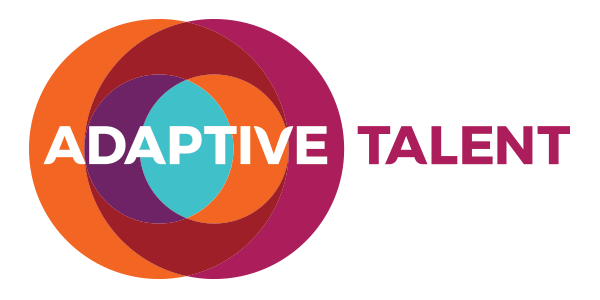 Here’s an interesting article showing the power of peer influence on behaviour. “The WSJ article mentions another study where a hotel tried to get customers to reuse towels. Claiming that 75% of people who stayed in the same room as the customer reused their towels increased towel reuse rates by 300% over the control message.”
Here’s an interesting article showing the power of peer influence on behaviour. “The WSJ article mentions another study where a hotel tried to get customers to reuse towels. Claiming that 75% of people who stayed in the same room as the customer reused their towels increased towel reuse rates by 300% over the control message.”
I think this research is a good data point for leaders considering deploying social networking technology to their organizations. People are overwhelmed by data, and a very easy way to navigate that is rely on recommendations of friends and trusted colleagues. There is research showing that adults are 8X as likely to turn to a colleague who is physically nearby for advice, even if that colleague has sub-par knowledge, than to search out someone with better knowledge. Why? Familiarity fosters awareness and trust and today’s pace requires people to produce results, so people make sub-optimal choices to keep output moving along.
Smart organizations, however, are using knowledge management technology (and social networking is simply one component of this) to foster greater and faster connections between employees, customers, and partners to create, share, and apply knowledge for the greater good. The trick is that the technology can’t be the whole solution – you still need to address human dynamics which requires people to know of others backgrounds and interests, to feel safe interacting with them, to perceive mutual benefit from the relationship, and for ease of use in the relationship. In other words, if you want people to leverage each others’ knowledge, you need to address these things, through online and in person activities, before the technology will work.
In the case of user statistics influencing behavior, I can see it helping employees consider a new technique, or reading an influential article, sooner than if someone simply mandated it. People don’t want to be left behind, and leaders need organizations who self-adjust quickly to a broader, aligned approach to their customer. Since most people look for information as they’re trying to do something, enhancing people’s personal networks and sources of better knowledge is a powerful tool for competitive advantage.
Lastly, I think user statistics can be applied for another benefit: reshaping people’s perceptions faster than traditional internal communication or change management techniques. Leaders need people to “drink the cool-aid” but most go through the normal routes: strategy presentations, aligned goals, town-halls, and email updates. None of these really address the larger issues around change, which are people’s collective assumptions. Peter Senge and other systems thinkers will tell you that humans largely navigate through life relying on subconscious “truths” which drive their behavior and interactions with others. Organizational change is hard because it requires people to collectively address and reconfigure assumptions, behaviors, and relationships. Some people hesitate to be the first to change (so as to not fall pray to the strategy of the day) and few like being told what to do, so successful change happens because some individuals believe in the change and are willing to lead the charge. Others adapt based on their observations of success and evaluation of that individual or group, and for the most part this is done via conversations and stories.
I think user statistics can be a powerful way to spur new conversations and evaluations of assumptions, essentially the starting points for any change in behaviour. It’s a nice complement to traditional approaches to engagement and organizational change, and I am interested to hear how it is deployed in organizations.
—
Adaptive Talent is a talent consultancy designed to help organizations achieve amazing results and ongoing adaptability. Founded in 2008 and based in Vancouver, Canada we offer retained search, assessments, total rewards consulting, training, leadership coaching and development programs, and culture & organizational development consulting.

